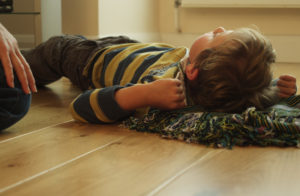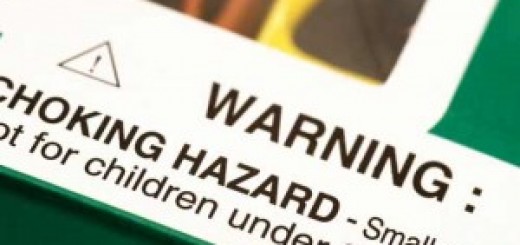First aid tip: How to deal with a seizure (convulsion)
There are numerous reasons why someone may have a seizure (convulsion / fit). One of the most well known causes is a medical condition called Epilepsy where the electrical activity in the brain is disorganised. However there can be a variety of other causes including:
- Head injuries
- Drugs / Alcohol
- Poisoning
- Low blood sugar (Hypoglycaemia)
- In infants, high temperatures (febrile convulsions).
Seizures are often characterised by a loss of consciousness followed by uncontrolled muscle contractions. They can be quite frightening for those who haven’t witnessed a seizure before. Sometimes a seizure is preceded by a warning sign known as an “aura”.
First aid for a seizure
Step 1: Remove any objects from around the casualty (chairs, tables etc.) to prevent them injuring themselves. Make the area as safe as practically possible
Step 2: Protect the casualty’s head by padding around it and underneath the neck. Don’t place bulky padding underneath the casualty’s head as this could tilt their head forwards and close their airway.
Step 3: Try and establish a cause for the seizure. Are they a known to suffer from Epilepsy? Do they have Diabetes? Have they had an injury recently? Look for medical alert bracelets on the casualty’s wrists/ankles/neck which may contain details of any medical conditions.
Step 4: Call an ambulance unless the casualty is known to have seizures regularly and doesn’t normally go to hospital.
Step 5: Note how long the seizure lasts for, and whether there are any gaps.
Step 6: When the seizure stops, open the casualty’s airway by tilting their head backwards and check for normal breathing for up to 10 seconds. If they are breathing then roll them onto their side to protect their airway. If they are not breathing then commence cardiopulmonary resuscitation.
Remember to protect and maintain the victim’s dignity throughout. Move on any crowds of people and try to offer some privacy.
Although the person having the seizure is unconscious, they may still be able to hear or have an awareness of people around them. When the casualty wakes up they may be very confused. Speak slowly and clearly and explain what has happened.







Very clear and concise instructions and very helpful information.
Glad you found this post useful!
Thank you this was helpfull
No problem, we’re glad you find our first aid tips useful!